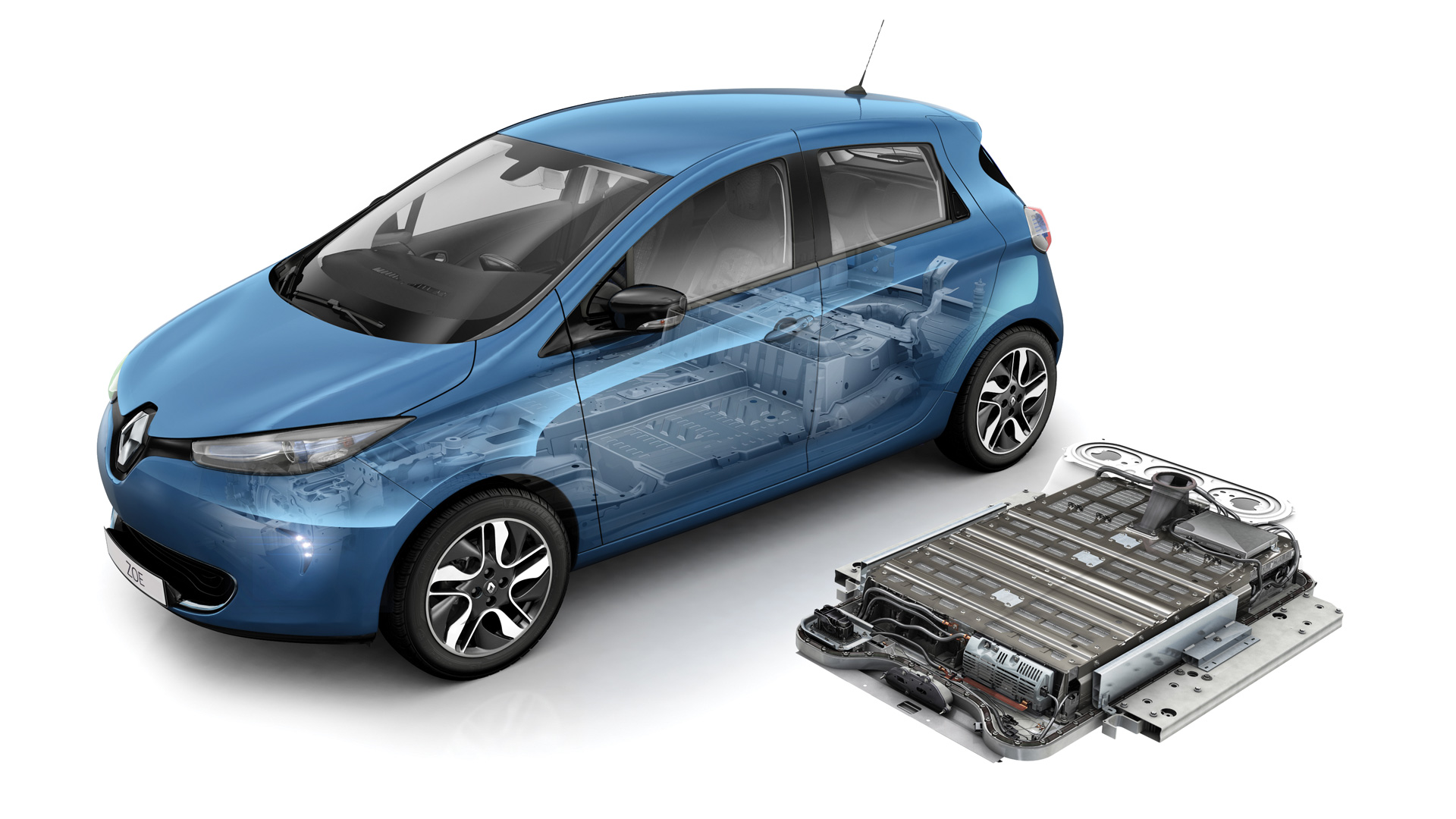
The Renault Nissan Alliance is investing in a new battery technology and in Ionic Materials. Thier goal is to rapidly achieve a cheap, efficient and reliable electric car battery.
Lithium-ion batteries are paramount when it comes to energy storage in electric cars. But even though the technology has market dominance, most people agree that this technology is just a step along the way with future batteries instead spelled ‘solid electrolyte batteries’.
BMW, Toyota, Bosch and Continental have come a long way in the process of developing a so-called solid-state battery for electric cars – and now they are joined by the French-Japanese conglomerate in which Renault, Nissan and Mitsubishi are included.
The Renault Nissan Alliance has set up an investment fund of one billion dollars. It will be used to invest in different startup companies – by which the American firm Ionic Materials is one of the first.
The technology that Ionic Materials are developing has been described by Wired magazine at the “Jesus Battery” due to the great potential the technology entails.
But this technology will not build on present lithium-ion battery technology, solid state batteries will instead replace present battery design.
The battery was first presented this summer. Then the entrepreneur and company spokesman Bill Joy said that they had a ready concept but that it would take up to five years to commercialize the product.
A big advantage is that these batteries will have no need for cobalt, an element often mined through dirty processes that involve child labor.
Ionic Materials uses a polymer, a solid instead of a liquid, and according to the company, the benefits are huge. The battery is not flammable, and can also result in alkaline batteries becoming rechargeable.
This means that you can get cheap alkaline replacements for lithium-ion batteries. In addition, the company plans to replace zinc with aluminum.
In the below clip by Ionic Materials, they subject the battery to being fired upon and shows how it is still operational, impressive.



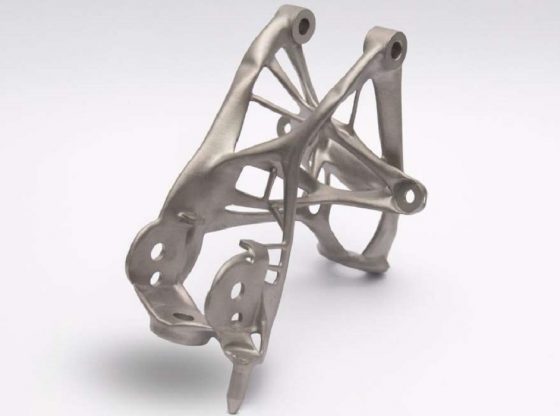

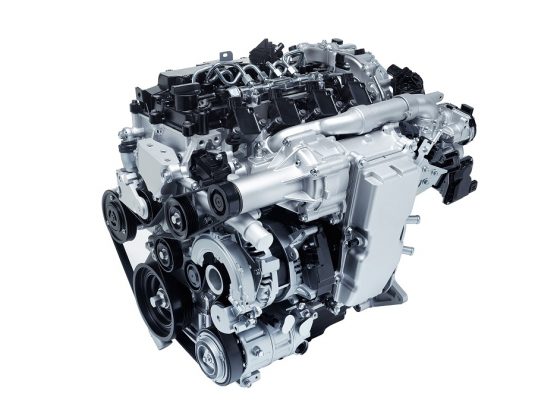
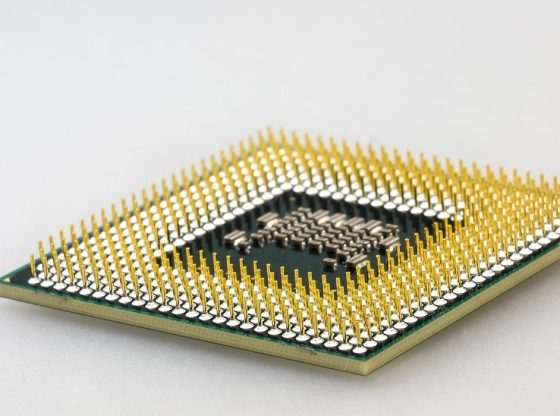
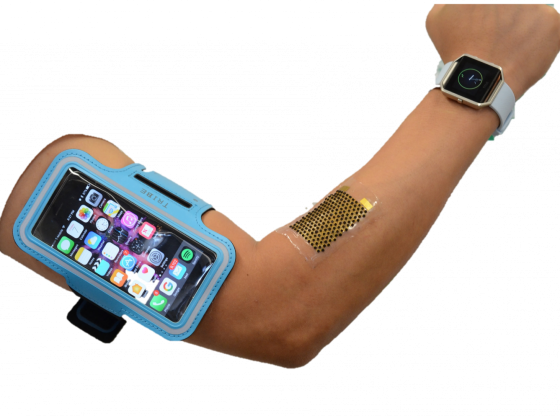

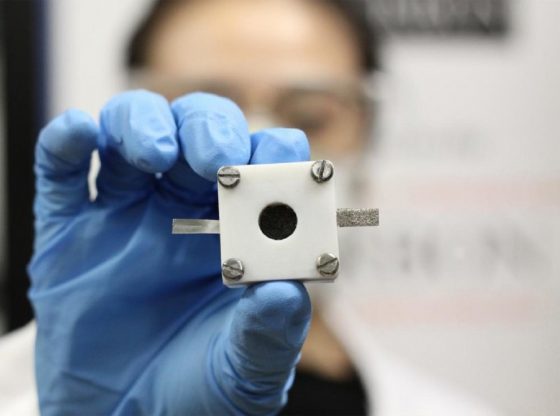

![OpenAI. (2025). ChatGPT [Large language model]. https://chatgpt.com](https://www.illustratedcuriosity.com/files/media/55136/b1b0b614-5b72-486c-901d-ff244549d67a-350x260.webp)
![OpenAI. (2025). ChatGPT [Large language model]. https://chatgpt.com](https://www.illustratedcuriosity.com/files/media/55124/79bc18fa-f616-4951-856f-cc724ad5d497-350x260.webp)
![OpenAI. (2025). ChatGPT [Large language model]. https://chatgpt.com](https://www.illustratedcuriosity.com/files/media/55099/2638a982-b4de-4913-8a1c-1479df352bf3-350x260.webp)








